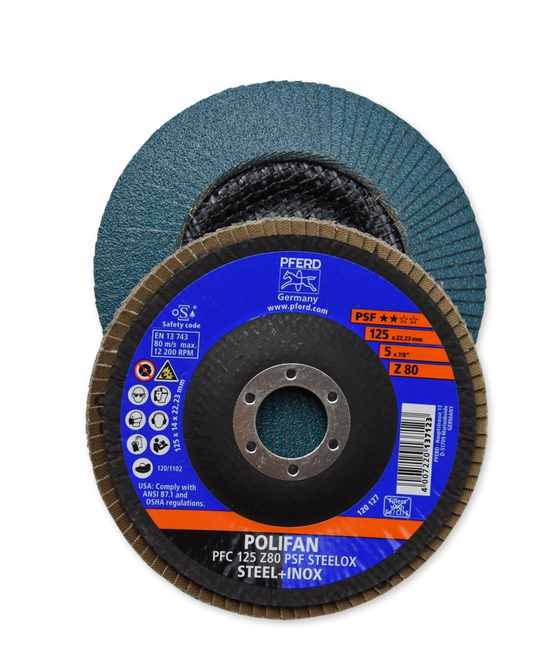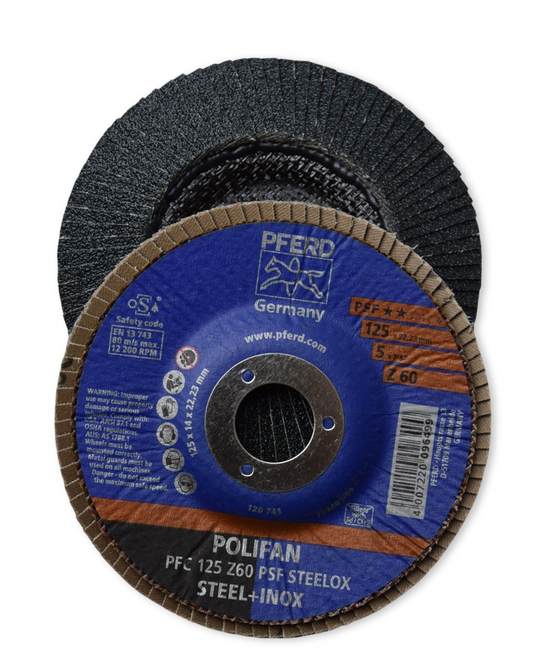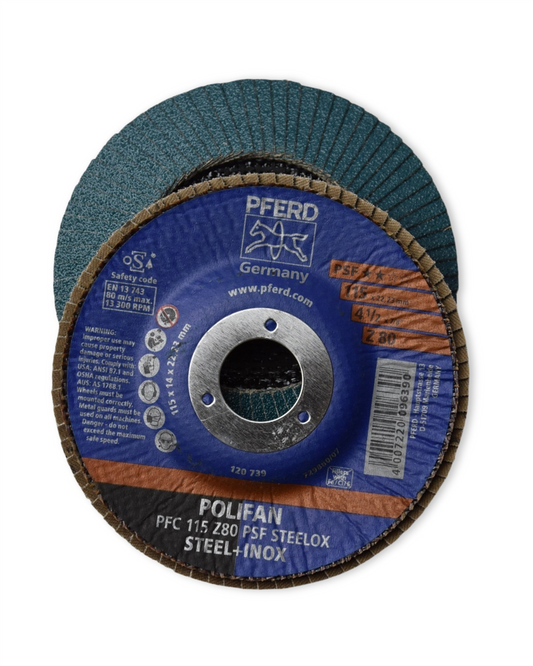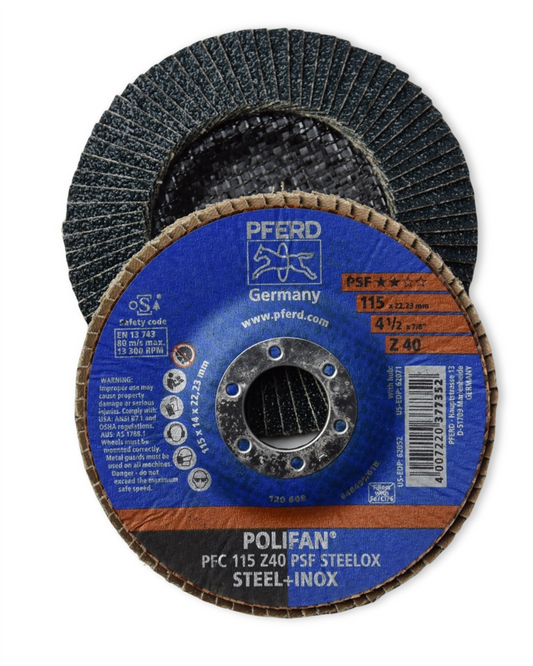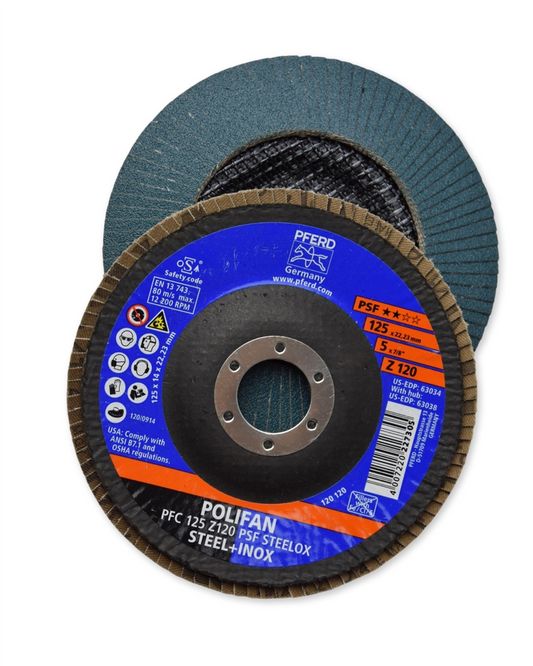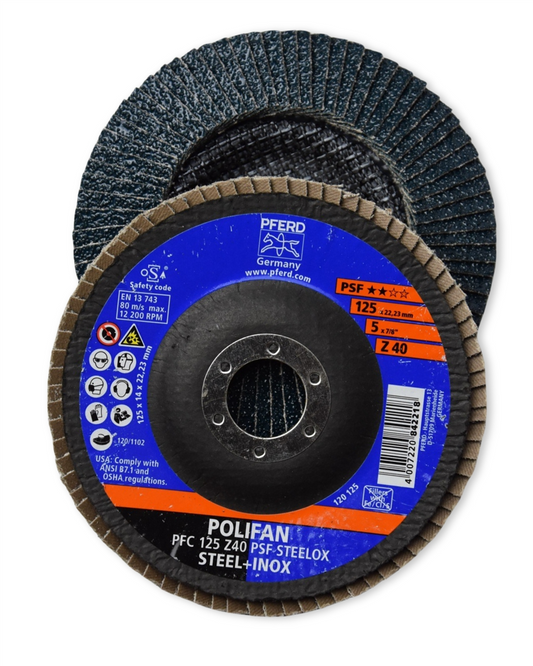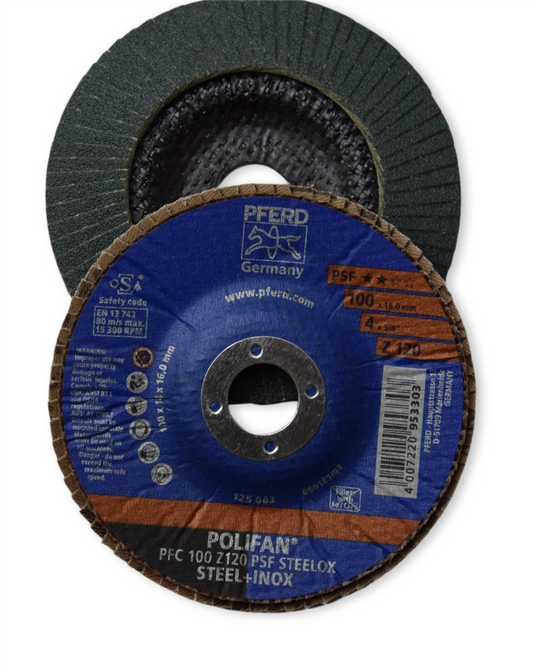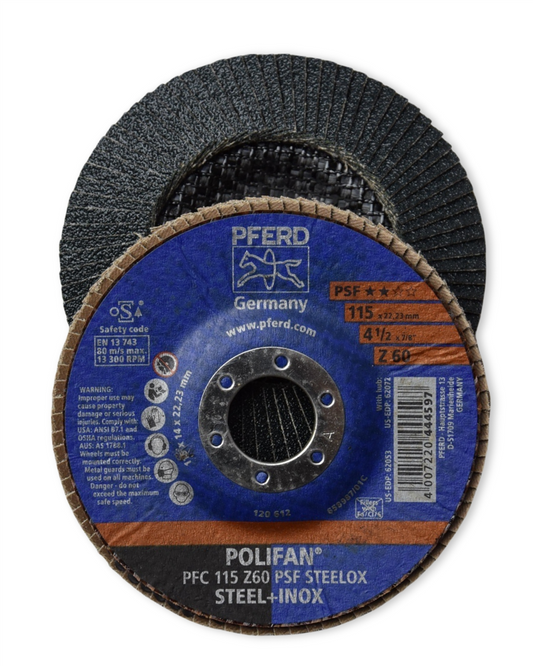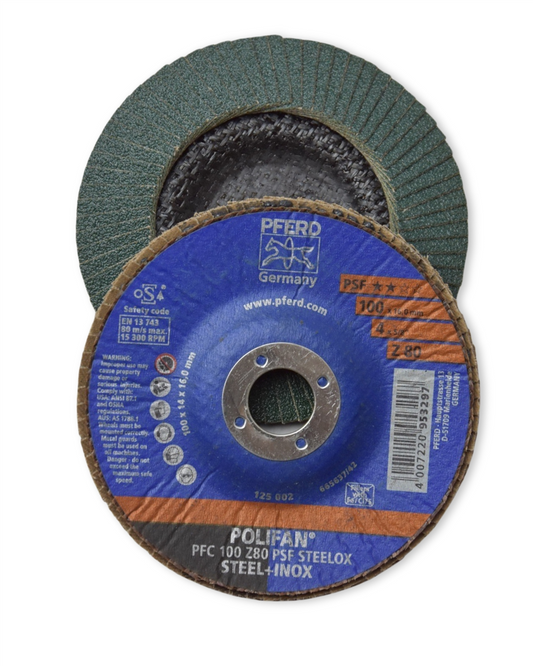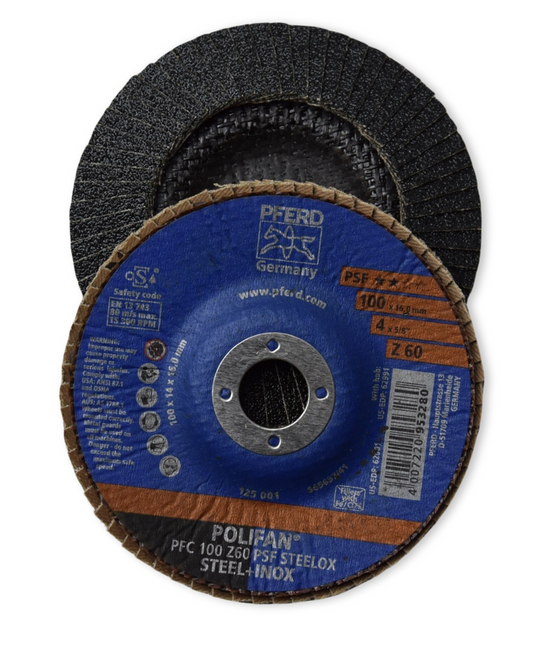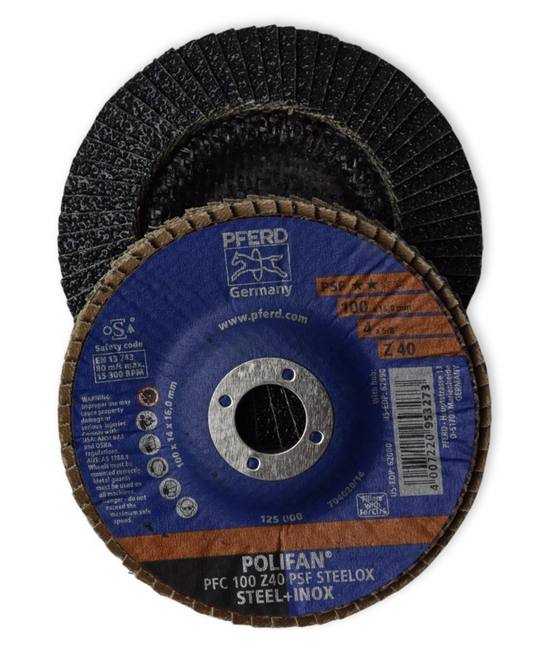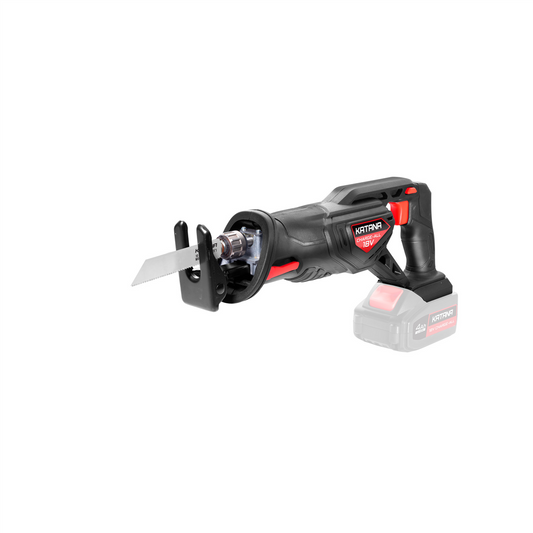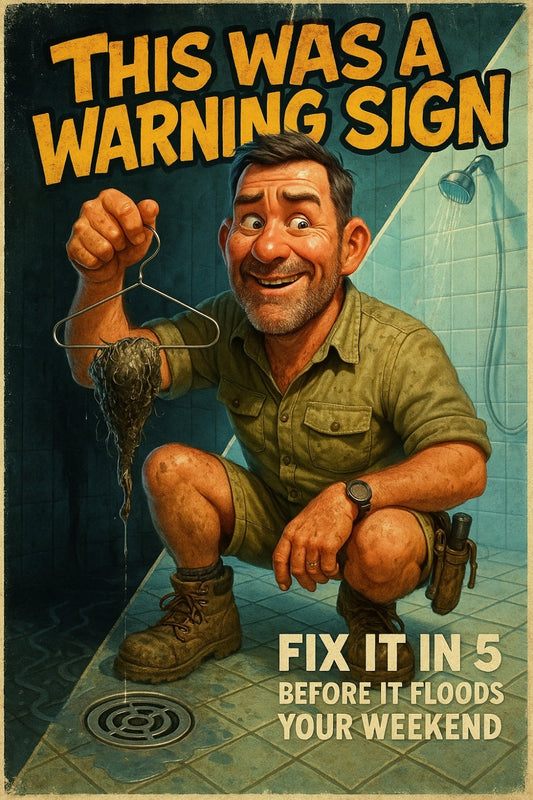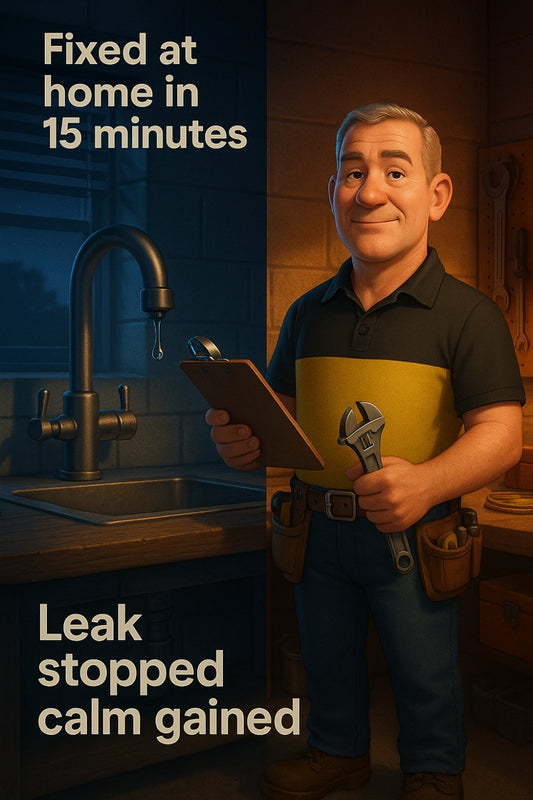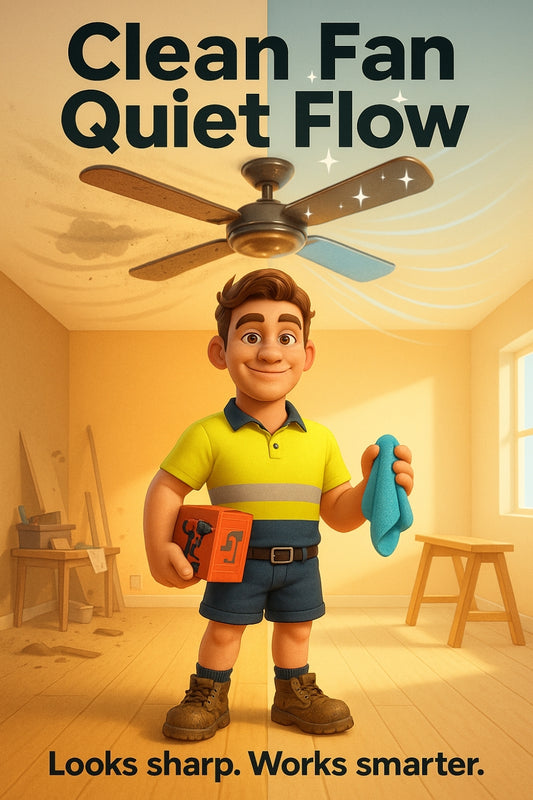Latch things right — no panic drilling, no rust regrets, and no toddler meltdowns.
Share
Simplify home fixes with latch smarts, not sore thumbs — even with curious kiddos nearby.
Securing Your Space with Heart, Hands, and a Bit of Hinge Know-How
Whether it’s keeping a garden gate closed so the chooks stay put, locking away tools from little fingers, or setting up a cubby the kids can actually “lock” — latches, bolts, and catches show up more often than we think. They are the small heroes of the home, sitting quietly in sheds, gates, doors and drawers, keeping things safer, sturdier, and more sorted.
But here’s the thing — choosing and installing the right ones? It can feel a bit like trying to decipher someone else’s shed shelves: mysterious, slightly sticky, and potentially upside down.
This guide is here to change that. No over-complicated how-to. No builder-brag. Just straightforward ways to figure out what latch does what, how to fit it right, and when to reach for a cuppa instead of the cordless drill.
What’s What: Understanding Latches, Bolts, and Catches
Imagine your house or shed as a slightly wobbly old fridge. Sure, you could prop the door shut with a milk crate… but wouldn’t a well-placed latch make more sense — and stop the dog from pinching your compost bucket?
- Latches: Hold things closed, often with a lever or handle. Think gates, chook pens, cabinet doors.
- Bolt Locks: Use a sliding mechanism. Best for extra strength (garden sheds, back gates, tool cupboards).
- Catches: Keep lids, doors, or panels shut, often using magnets or spring tension. Handy on less heavy-duty spots like toy boxes or camperpantries.
Tip: If it gets regular use in wild weather or curious hands, go for something with a bit of weight and rust resistance. Stainless steel or galvanised zinc is your friend.
Before You Buy: What to Consider
I once saw a family try to latch a backyard gate with a kitchen cupboard magnet. Let's just say: the dog won, and the bin didn’t stand a chance. A snug fit and solid choice up-front saves you rework, rust, and rolled eyes from the rest of the crew.
Ask yourself:
- What’s opening and closing? (A chook shed isn’t a fire door.)
- Who will use it? (Adults? Toddlers? Grandkids? All of the above?)
- Does it need to lock? (Or just stay shut when it gets windy?)
- Will it face storms, sun, or salt air?
How to Install Latches and Bolts Without Losing Your Cool
“It doesn’t have to be perfect — it just has to work, and hold up to a good slam.”
– Candeece
Whether it's a barrel bolt, turnbuckle, or magnetic catch, fitting hardware can feel fiddly. But most follow a pattern you can grow comfortable with.
General Steps:
- Mark it out. Hold the latch or bolt where it’ll sit. Mark screw holes with pencil.
- Pre-drill lightly. Especially on treated timber or hardwoods — no one likes a split edge.
- Screw in place. Start with one screw to check alignment. Then finish the rest.
- Test the action. Open and close a few times. Make sure it lines up and settles well.
Pro Tip: If your surfaces don’t line up flush (timber moves!), a small timber shim or chisel can help you level out the hardware.
Where They Work Best
- Gates & Fences: Opt for bolts or spring latches that can handle weather and wear.
- Cupboards & Cabinets: Magnetic and roller catches keep them tidy, while child-safe latches add peace of mind.
- Garden & Tool Sheds: Barrel bolts give strength — and pair nicely with padlocks if needed.
- Chicken Coops or Small Animal Enclosures: Look for easy-open but stay-shut options. Turn buttons or hook-and-eye latches work beautifully.
Projects with the Kids? Make It Part of the Adventure!
If you’re building a cubby or repurposing scrap timber into a play pantry or outdoor mud kitchen, get the kids involved in latch placement. It's surprisingly empowering for little ones to “lock the shop” into place — and teaches basic mechanics along the way.
Use blunt-nosed screws, guide the drill together, and let them choose which way it swings. It all adds to that hands-on, hearts-full style of learning that lasts longer than screen time.
Common Questions Answered (Before You Ask)
Can I reuse an old latch?
Yes — if it’s still functional and rust-free. Give it a scrub with steel wool and a spot of oil. Nothing wrong with a bit of character.
What if something doesn’t line up?
Shave or sand back the spot if needed. Paint swells timber, hinges can sag. No shame in adjusting as you go. That’s the heartbeat of DIY.
Do I really need to pre-drill?
If you’re working with hardwood or recycled timber: yes, for sanity’s sake and screw longevity.
Little Things That Make a Big Difference
It’s the toothpick tricks to fill a hole that’s too loose. The choice to use stainless instead of whatever came in the bottom drawer. The way a well-placed bolt keeps that tool cupboard shut for good. That’s what makes hardware oddly satisfying.
Because DIY isn’t about perfection — it’s about presence. Tackling what’s in front of you, doing it with care, and choosing things that last longer than a weekend.
So next time the back gate flaps, or your greenhouse door begs for a better fix — you’ll reckon with it right. With calm hands, confident turns, and maybe a curious little helper looking on.
See you around the workshop,
Candeece

Stay Connected
Follow our Facebook Page: Strathalbyn H Hardware on Facebook

